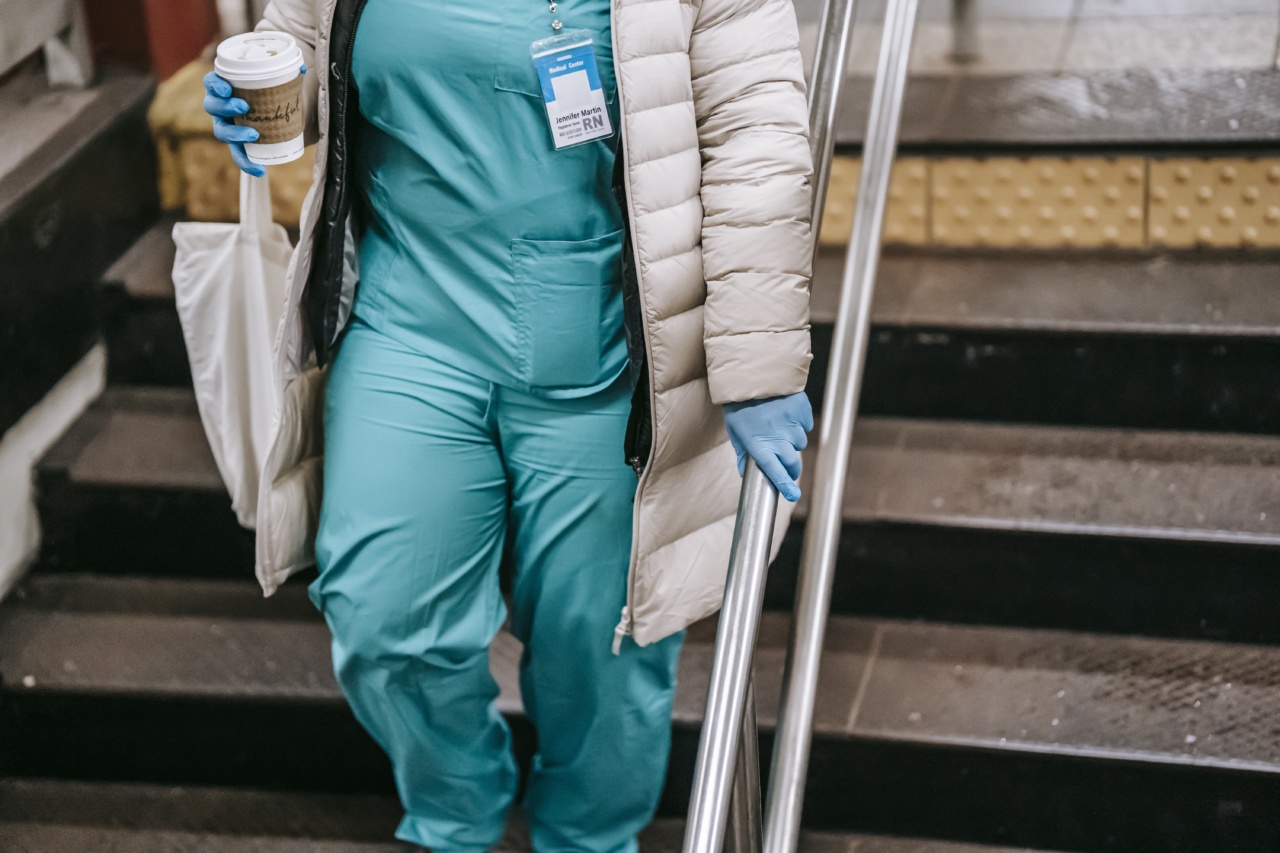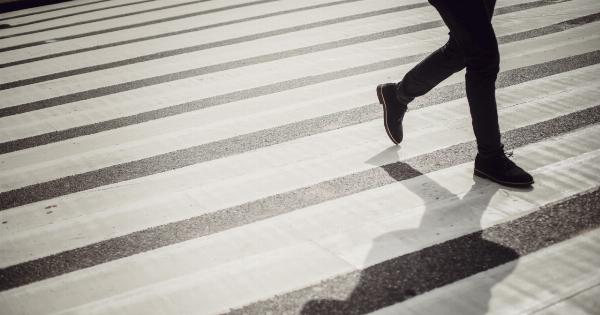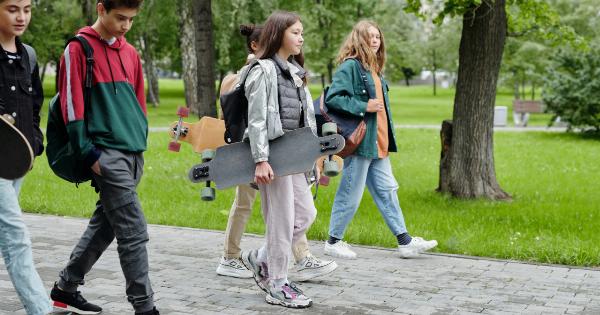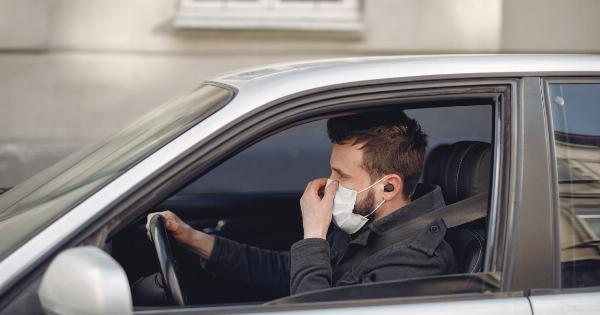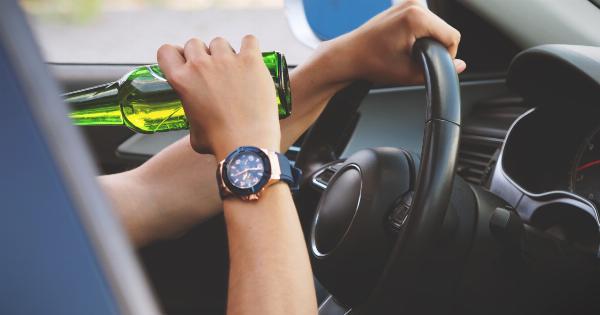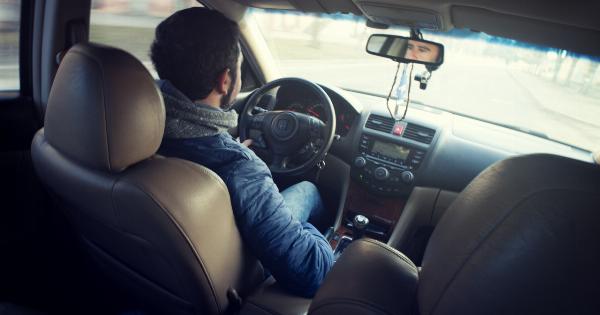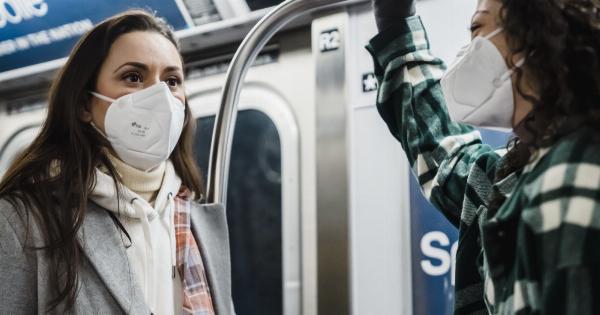Walking could be considered the simplest form of transportation. However, it is not always safe, particularly in busy cities where pedestrians and motor vehicles share the same roads.
According to the National Highway Traffic Safety Administration (NHTSA), pedestrian deaths account for 17% of all road fatalities and have been on the rise for the past decade.
Risk factors for pedestrian injuries
Several factors contribute to the increased risk of pedestrian injuries. Here are some of the most common:.
Distracted driving
Distracted driving has become a significant problem in the United States and is one of the leading causes of pedestrian accidents.
Texting, taking phone calls, eating, and even grooming behind the wheel can distract drivers and make them less likely to notice pedestrians on the road.
Speeding
Speeding continues to be a huge problem in the United States and is responsible for a significant number of pedestrian injuries and fatalities.
Driving at high speeds makes it difficult for drivers to stop promptly and react to changes in the road environment.
Drunk driving
Driving under the influence of drugs or alcohol impairs drivers’ cognitive and motor skills, making them less likely to notice pedestrians and avoid accidents. Drunk driving is a leading cause of pedestrian deaths in the United States.
Unsafe road infrastructure
Unsafe road infrastructure, such as poorly marked crosswalks, broken traffic lights, and lack of sidewalks, contribute to the high rate of pedestrian injuries in many American cities.
The consequences of pedestrian injuries
When a pedestrian is hit by a car or truck, the consequences can be severe and life-changing, both for the victim and their family members. Here are some of the potential consequences of pedestrian injuries:.
Physical injuries
Pedestrian accidents can cause a wide range of physical injuries, including broken bones, head and brain injuries, spinal cord injuries, and lacerations. In some cases, these injuries can be fatal.
Emotional distress
Pedestrian accidents can be traumatic events that leave victims and family members with emotional scars that can last a lifetime.
Some of the mental health consequences of pedestrian accidents include depression, anxiety, and post-traumatic stress disorder (PTSD).
Financial burden
The medical bills and lost income following a pedestrian accident can create a significant financial burden for victims and their families.
Depending on the severity of the injuries, the cost of medical treatment, rehabilitation, and ongoing care can be astronomical.
Preventing pedestrian injuries
While pedestrian injuries and deaths are on the rise, there are steps we can take to prevent these tragedies from occurring in the first place. Here are some effective strategies for preventing pedestrian injuries:.
Public education campaigns
Public education campaigns aimed at drivers and pedestrians can increase awareness of safe road behavior and help prevent accidents.
Campaigns that focus on the dangers of distracted and drunk driving and the importance of pedestrian visibility can be particularly effective.
Safer road infrastructure
Investing in safer road infrastructure can go a long way toward reducing the number of pedestrian injuries. This includes building sidewalks, improving crosswalks, and installing traffic signals and pedestrian-friendly infrastructure.
Stricter enforcement of traffic laws
Enforcement of traffic laws must be strict such that drivers who break these laws face appropriate consequences. Stricter enforcement not only helps deter unsafe driving behavior but also raises awareness of the importance of road safety.
Vehicle safety technology
The development and implementation of vehicle safety technologies such as automatic emergency braking, forward collision warning, and pedestrian detection can help reduce the risk of pedestrian accidents by alerting drivers to potential hazards and automatically stopping the vehicle if necessary.
Conclusion
Pedestrian injuries are a serious and growing problem in the United States. Distracted driving, speeding, and drunk driving are just a few of the factors contributing to the rise in pedestrian deaths and injuries.
As a society, we have a responsibility to take action to prevent these tragedies from occurring. This includes investing in safer road infrastructure, implementing stricter traffic laws, and increasing public education campaigns aimed at pedestrians and drivers alike.
By working together, we can create safer streets and reduce the number of pedestrian injuries in our communities.
